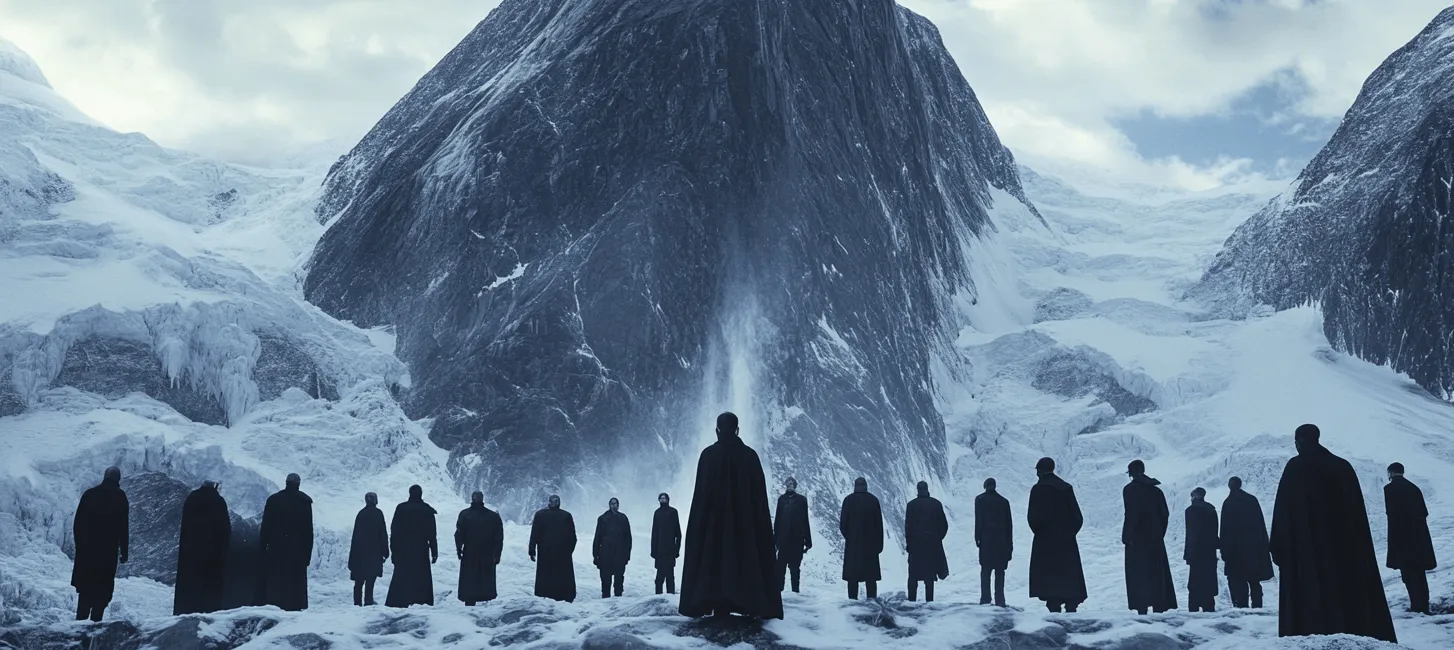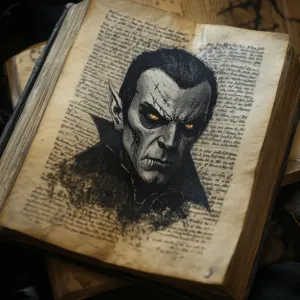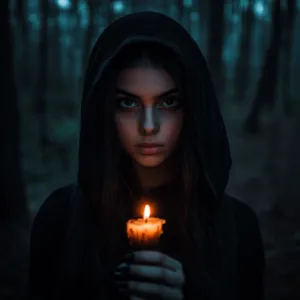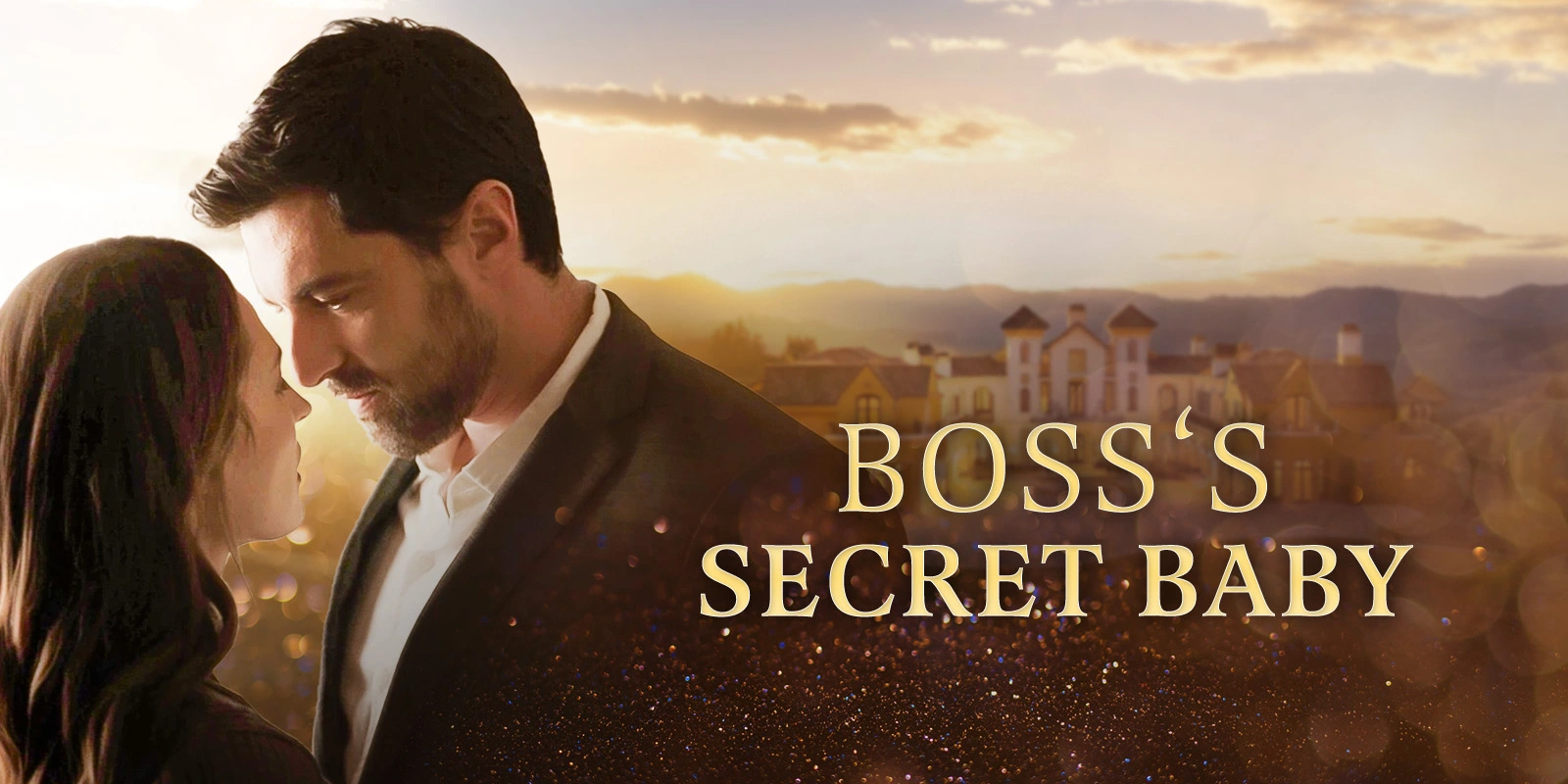Table of Contents
ToggleVampires have always been mysterious, walking the line between life and death. They tap into both our deepest fears and secret desires. Traditionally, they were immortal predators, surviving on human blood—both terrifying and strangely seductive.
Over time, they’ve changed. Once seen as monstrous creatures in old legends, modern stories have turned them into complex, sometimes even romantic figures, symbolizing forbidden love, power, and the battle between good and evil. What makes vampires so fascinating is that they embody the eternal struggle between mortality and immortality, desire and danger, darkness and redemption—a mystery that never gets old.
In this article we’ll explore different types of vampires, their origins, and how they’re portrayed in various stories. And if you want to learn more about the curse of a vampire – this article on Galatea Chronicles is for you!
What Are the Common Traits of a Vampire in a Romance Book?
- They never age, often appearing forever young and impossibly attractive.
- A touch of tragic loneliness – being immortal often means watching everyone they love grow old and die.
- Vampires in romance books are charmers, with hypnotic gazes and smooth, persuasive voices.
- Most vampires have enhanced strength and speed, making them formidable protectors—or deadly enemies.
- Romance with a vampire is almost always forbidden—whether because of their deadly nature, human-vampire conflict, or their struggle to resist bloodlust.
- Vampires in romance often struggle between their love for a human and their need for blood.
- Many vampires are portrayed as wealthy aristocrats or mysterious loners with luxurious taste.
11 Types of Vampires – In Books and Movies
1. The Brooding, Tortured Vampire
- He’s the classic dark and tormented love interest, often haunted by his past.
- Struggles with his bloodlust and immortality, feeling guilt over the lives he’s taken.
- Often keeps his love interest at a distance to protect them from himself.
- Example: Edward Cullen (Twilight) – constantly battling his nature while loving Bella.
2. The Dangerous, Seductive Vampire
- Confident, charming, and completely irresistible—and he knows it.
- Uses his hypnotic eyes, smooth voice, and raw sexual energy to get what he wants.
- Can be selfish or ruthless but falls hard when he meets “the one.”
- Example: Damon Salvatore (The Vampire Diaries) – deadly but undeniably alluring.
3. The Gentle, Protective Vampire
- Unlike most vampires, he doesn’t see humans as food—he sees them as people to protect.
- Often works hard to control his urges, vowing never to harm the one he loves.
- Has a deep moral code, making him a knight-like figure in a vampire’s body.
- Example: Louis de Pointe du Lac (Interview with the Vampire) – a reluctant vampire who seeks meaning in immortality.
4. The Cold and Emotionless Vampire
- Appears completely detached and uncaring, like nothing in the world affects him.
- Hides his emotions behind a stoic, icy demeanor but secretly feels everything deeply.
- The right love interest can break through his cold exterior and awaken his heart.
- Example: Selene (Underworld) – a fierce warrior who slowly lets love change her.
5. The Aristocratic Vampire
- Comes from ancient, noble bloodlines and carries himself with elegance and refinement.
- Often lives in lavish mansions, castles, or underground palaces, surrounded by wealth.
- Sees humans as inferior creatures—until he meets someone who changes his perspective.
- Example: Lestat de Lioncourt (The Vampire Chronicles) – a wealthy, charismatic vampire with a love for excess.
6. The Rebellious, Rule-Breaking Vampire
- Defies vampire laws and traditions, living on his own terms.
- Often at odds with his coven or vampire society for refusing to conform.
- Has a cocky attitude, bad-boy energy, and a tendency to fall for forbidden love.
- Example: Blade (Blade series) – a vampire who fights against his own kind.
7. The Alpha, Possessive Vampire
- A dominant, powerful figure who sees his mate as his and only his.
- Fiercely protective and territorial, willing to destroy anyone who threatens his love.
- Can be controlling, but his love is eternal and unwavering.
- Example: Wrath (The Black Dagger Brotherhood) – a blind, warrior vampire who is deeply devoted to his mate.
8. The Romantic, Hopelessly Devoted Vampire
- Believes in soulmates and eternal love, seeing romance as something sacred.
- Is deeply loyal and committed, often waiting centuries for “the one.”
- Will do anything to protect their love, even if it means sacrificing themselves.
- Example: Mick St. John (Moonlight) – a detective vampire who falls for a human journalist.
9. The Hybrid Vampire (Half-Vampire, Half-Human)
- Often torn between two worlds, struggling with his human and vampire sides.
- Has unique abilities, sometimes stronger than full vampires.
- Tries to balance normal life with his supernatural nature, making him a fascinating character.
- Example: Selene & Michael (Underworld) – vampire hybrids with enhanced powers.
10. The Rogue, Lone-Wolf Vampire
- Refuses to belong to any pack, coven, or society—he’s a loner.
- Often has a dark, tragic backstory that made him lose faith in others.
- Learns to trust again through a powerful romantic connection.
- Example: Angel (Buffy the Vampire Slayer / Angel) – an outcast vampire with a tortured past.
11. The Bloodthirsty, Savage Vampire
- Unlike romanticized vampires, this one is feral, uncontrollable, and driven by hunger.
- Sometimes starts as a villain, but love can help tame the beast inside.
- Might struggle with his instincts, fighting between his love and his need for blood.
- Example: Dracula (Dracula) – the original vampire, both terrifying and seductive.
The Lost Princess – A Vampire Romance Book on Galatea
If you want to check out a book about duplicitous vampires, my favorite vampire story is The Lost Princess by Holly Prange.
The protagonist Everly has to escape a devious vampire coven to find her mate. It’s a thrilling and emotional read.
Everly’s journey begins with a terrifying nightmare and waking up to her abusive aunt, who later sells her to a vampire named Lord Vlad Lacroix. Everly is taken to a nightclub called the Blood Bank, where she’s trained to please clients and is kept captive. She bonds with another girl, Sophia.
Everly discovers hidden powers and a royal heritage. With werewolf alpha Logan, she must confront her past to survive.
Can Vampires Be Good?
Sympathetic or “good” vampires are characters who, despite being vampires, try to do the right thing. As expected – they often struggle with their darker urges, like drinking human blood, and feel guilty about their past actions. Instead of being villains, these vampires are more complex and relatable, often taking on the role of heroes.
Moral Struggle
- These vampires wrestle with the idea of harming humans. They might look for ways to survive without killing, like drinking animal blood.
Desire for Redemption
- Many of them want to make up for their past. They often protect humans or fight against evil to redeem themselves.
Human Relationships
- They often form deep connections with humans, whether romantic, friendly, or family bonds. This helps show their human side.
Struggle for Control
- These vampires constantly fight their thirst for blood. This internal battle makes their stories more interesting.
Heroic Actions
- Good vampires often become protectors, using their powers to fight evil and defend humans.
Isolation and Loneliness
- Being a vampire often makes them feel alone, separated from both humans and other vampires. This loneliness adds depth to their character.
In the world of books and movies, vampires come in all shapes and forms. They can be terrifyingly monstrous, or irresistibly charming. Each type of vampire adds its own flavor to the stories we love. So next time you’re reading one of our vampire stories, pay close attention — you never know what kind of creature of the night you might encounter!
Final Thoughts
Vampires in romance books come in all kinds of personalities—from dark and brooding to dangerously charming. Some are cold and distant, others are wild and rebellious, but they all have one thing in common: they make falling in love feel intense, forbidden, and unforgettable.
What makes vampire romance so exciting is how it keeps changing. Writers take old myths and give them fresh twists, making each vampire story feel new and different. Whether they’re powerful rulers, tortured loners, or fierce protectors, vampires have a way of pulling us into their world of danger, passion, and immortality.







